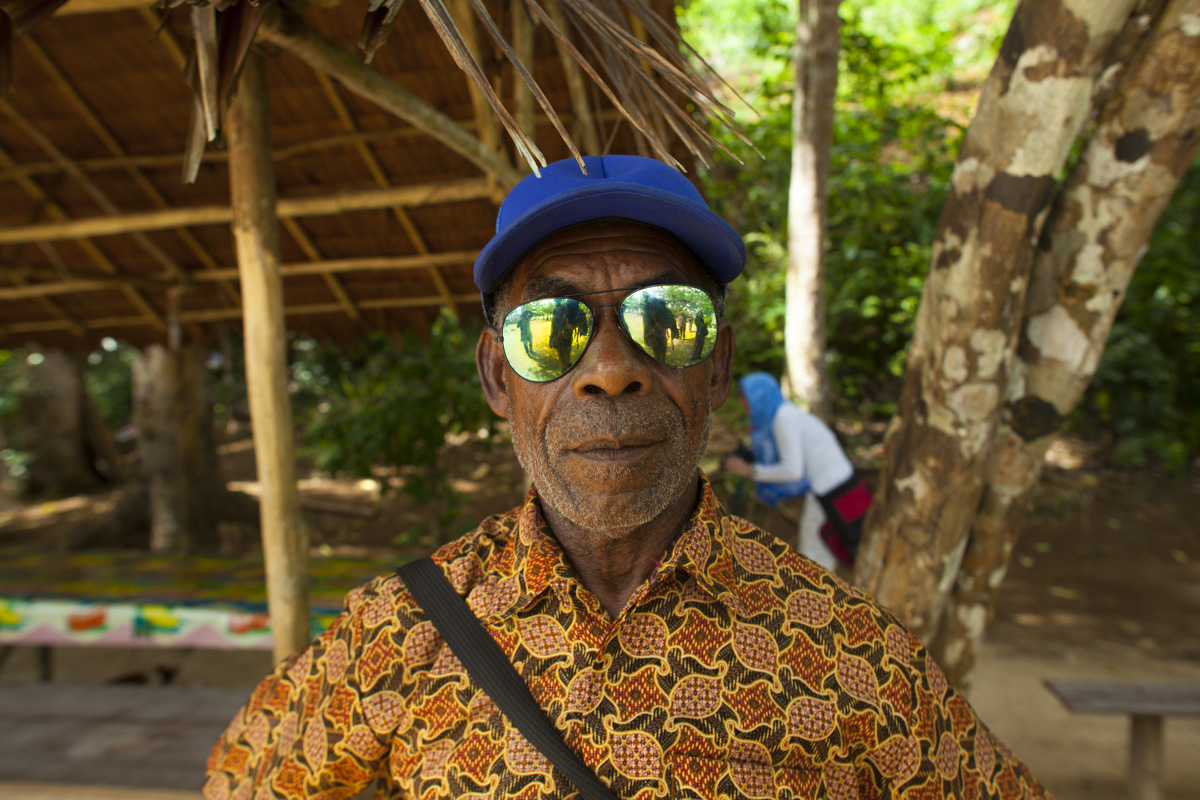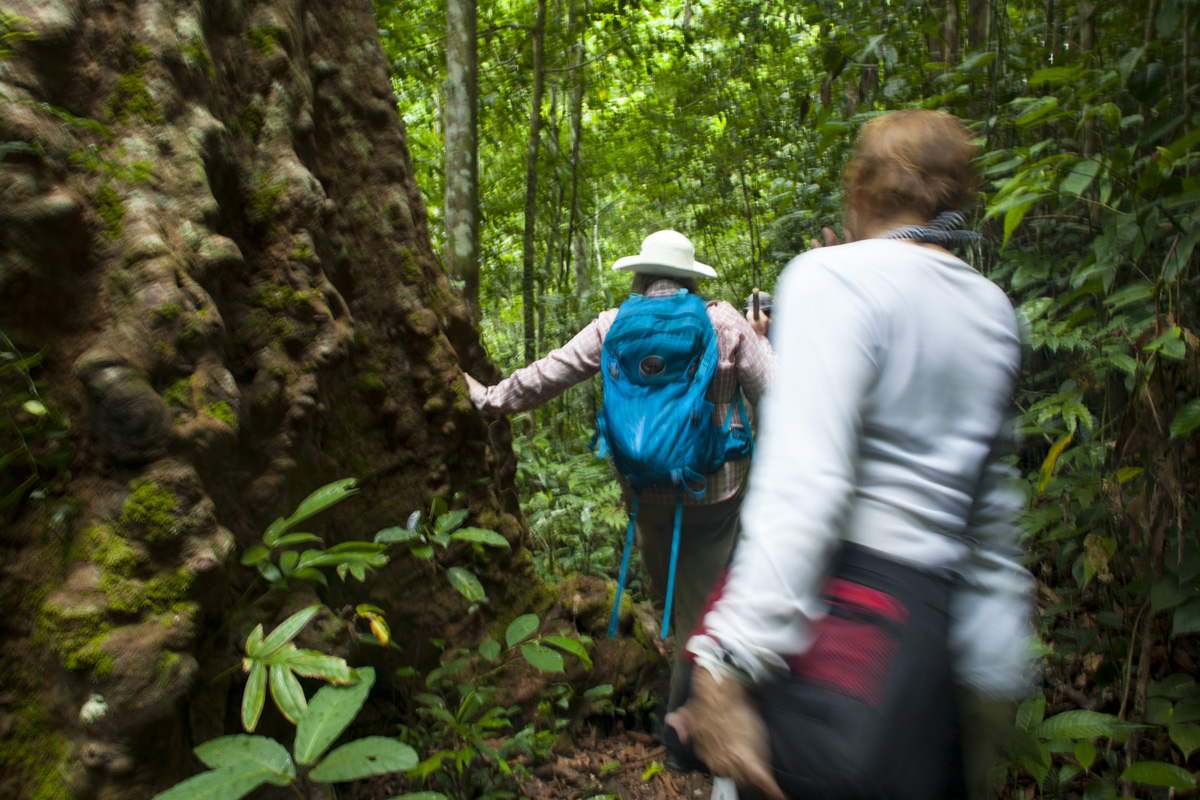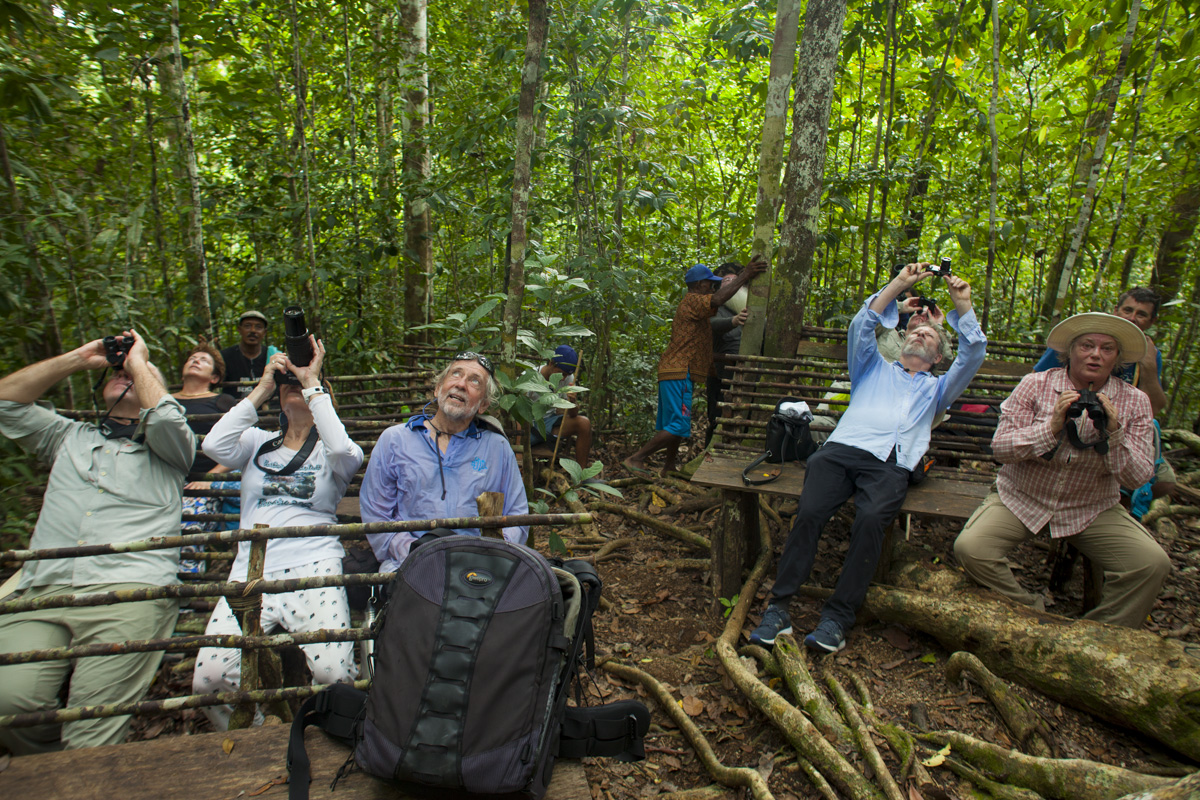
Birds of God in the Heart of Paradise
"The people told us that those birds came from the terrestrial paradise, and they call them bolon diuata, that is to say, 'birds of God'" Antonio Pigafetta (c. 1491 – c. 1531)
In the absence of natural predators, Birds of Paradise have evolved elaborate plumage and displays that correlate with males’ sexual prowess and fertility. It’s the undercurrent of an evolutionarily stable strategy, that’s to say a way to ensure populations remain balanced perfectly at carrying capacity with the environment and respond subtly to minute interminable changes over hundreds of thousands of generations.
It’s a strategy that works. These drag queens of the bird world, have been honing their attire and dance routines every morning and afternoon for millions of years ... longer than we can comprehend.
We follow in our recent history, the footsteps of Alfred Russell Wallace. He made this account of the closely-related Greater Bird of Paradise in the mid-1800s.
“The birds had now commenced what people here call their “sacaleli” or dancing parties, in certain trees of of the forest, which are not fruit trees as I at first imagined, but which have an immense tread of spreading branches and large but scattered leaves, giving a clear space for the birds to play and exhibit their plumes”. Alfred Russell Wallace.

Perhaps the relative accessibility of the destination these days dilutes the mystery that for centuries before, created fascination and folklore among naturalists worldwide.
Still, no trip to Raja Ampat should be complete without an effort to see these most mythical of birds.
We assemble at Yenwaupnor village and are greeted with a gentile hand shake by our West Papuan bird guide, Nikolaus “Niko” Mambrasar. He’s dressed in a smart patterned shirt with green-mirror classes as he takes us through his village, past the church and curious smirks from kids, who are sporting lipstick, stylish headwear fashioned from rattan and a range of western-style tee-shirts, some even advertising candidates for Indonesia’s forthcoming elections.
The path takes us over a rickety bridge across a mangrove river-mouth and into the forest where we begin our ascent onto the ridge-line, where there are emergent trees whose top branches claw at the sky, seeking the earliest and latest rays of sunlight, spotlights for the afternoon’s avian cabaret.
Niko’s furrowed brow and enigmatic smile hides an enthusiasm that emerges once we start to hear the birds display. “Birds are displaying, hurry” he says, and gathers pace. It takes about an hour all up to walk from the village.
The climb is steady but not steep, yet our dawdling pace has left us a little behind schedule. The birds pendulous dance and rhythmic ululations are like clockwork, twice a day, 6am and 4pm. We can't be late.
On arrival there is a small clearing with reclined wooden benches made of timber, bound together by twine, where we sit and look into the aerial amphitheatre above.
About fifteen metres high, in the tops of the tallest tree, the ritual begins with the appearance of one female. Males vie for position hanging upside down, fluttering their wings, powerful talons gripping branches, scarlet plumes and bottle-green head dresses contrasting with yellow tudor ruff, bouncing a pair of spiralling, pendulous tail feathers. Once ‘chosen’, the female mates. It’s a brief affair as she will most likely breed with more than one male and her considered opinion, along with the male courtesans’ efforts have made these birds some of the most successful.

Locals have built a viewing gallery beneath the display tree with reclining backs, perfect to watch the show above.

Photo: Peter Fitchett. Displaying Red Bird of Paradise at Yenwaupnor Village
The afternoon’s performance draws to a close after about an hour. There are whispers of delight from everyone and a reluctance to leave as for many, these are the last moments in a once-in-a-lifetime experience few ever get chance to see.
Story and photos (unless otherwise indicated), Simon Mustoe
______________________
If you'd like to see visit Raja Ampat, there are a number of resort or liveaboard boat options we recommend. Contact us for details on travel@wildiaries.com.
If you'd like to contact Niko direct, you may need the assistance of someone who can speak Bahasa Indonesian.
What to expect
The tours run subject to Niko's availability. Nickolas Mambrasar, Phone +6281248809650
The morning tour departs the village at 5AM, the afternoon your at 3PM. The birds can be seen year-round but the best months are January to about May. From June to August it gets hotter and the birds perform less (which means a morning visit is more important). A pair of binoculars is essential if you have them. There are no leeches and few mosquitos. The track is well formed and can be done comfortably in trainers or even thongs/flip-flops - though the limestone rocks can be a little sharp in places. The gradient is steady and not steep but carrying some water on you is advisable.

